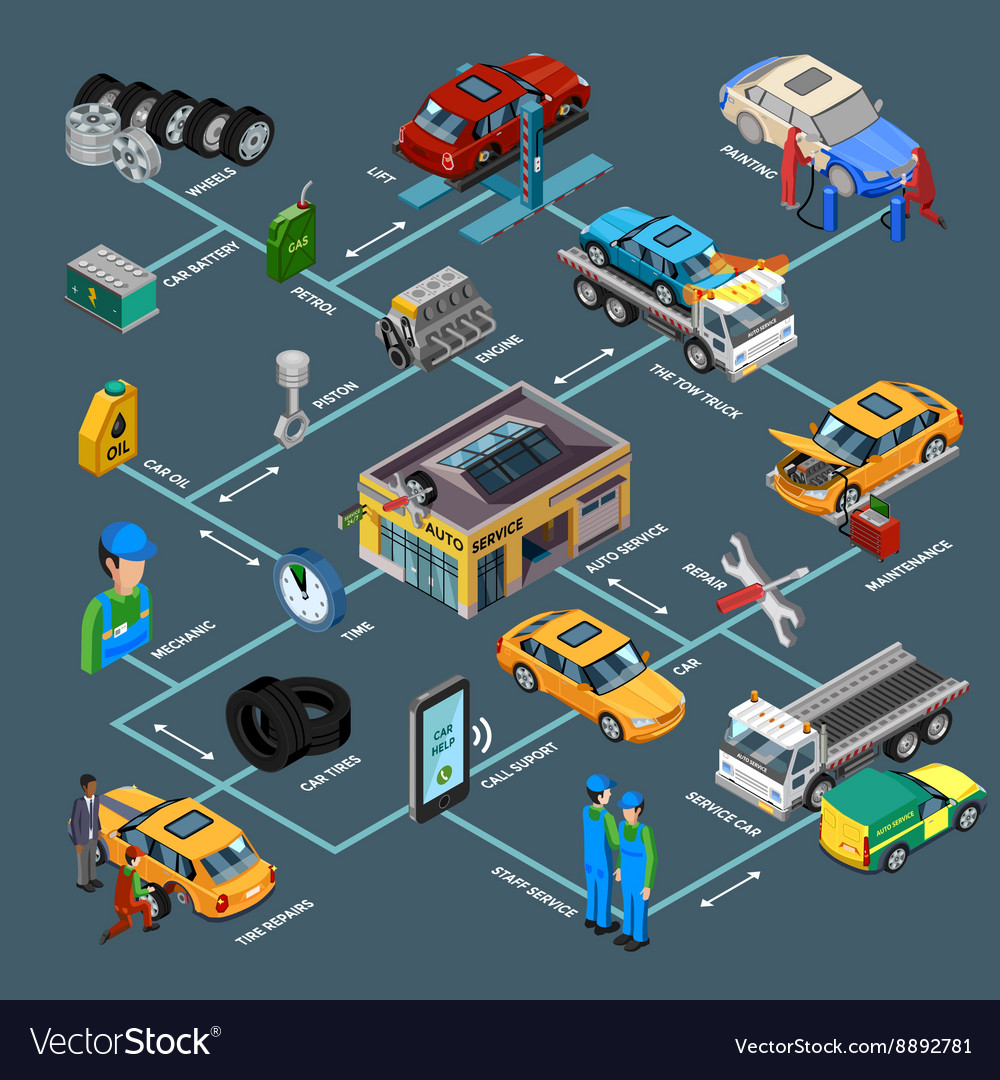Wondering Concerning The Meaning Behind Those Control Panel Caution Lights? Gain Understandings Into Their Implications For Your Automobile'S Security And Upkeep
Wondering Concerning The Meaning Behind Those Control Panel Caution Lights? Gain Understandings Into Their Implications For Your Automobile'S Security And Upkeep
Blog Article
Short Article Writer-Termansen Dalgaard
When you're behind the wheel, those beautiful caution lights on your dashboard can be a little bit complicated. Do you know what they're trying to inform you about your cars and truck's wellness? Understanding the value of these lights is crucial for your safety and the longevity of your vehicle. So, the next time among those lights appears, wouldn't you intend to decipher its message accurately and take the necessary steps to address it?
Common Warning Lighting and Interpretations
Identify typical caution lights in your cars and truck and understand their meanings to guarantee safe driving.
One of the most normal warning lights include the check engine light, which signifies concerns with the engine or discharges system. If this light begins, it's essential to have your vehicle checked without delay.
The oil pressure warning light suggests low oil stress, needing immediate attention to prevent engine damage.
A blinking battery light might suggest a damaged charging system, possibly leaving you stranded otherwise dealt with.
The tire pressure surveillance system (TPMS) light informs you to reduced tire pressure, influencing lorry stability and gas efficiency. Overlooking this can cause harmful driving conditions.
The abdominal light indicates an issue with the anti-lock braking system, endangering your capacity to quit swiftly in emergencies.
Lastly, the coolant temperature level warning light warns of engine getting too hot, which can lead to serious damage if not solved swiftly.
Comprehending these typical warning lights will aid you attend to concerns immediately and maintain safe driving conditions.
Importance of Prompt Interest
Comprehending the typical warning lights in your cars and truck is just the primary step; the significance of without delay dealing with these warnings can't be stressed sufficient to guarantee your security when traveling.
When a warning light illuminates on your control panel, it's your vehicle's means of communicating a prospective concern that requires interest. Neglecting these warnings can lead to more extreme problems in the future, compromising your safety and possibly costing you much more out of commission.
Motivate attention to alerting lights can prevent malfunctions and mishaps. For instance, a flashing check engine light might indicate a misfire that, if left unattended, might create damages to the catalytic converter. Addressing this quickly can save you from a pricey repair work.
In a similar way, a brake system alerting light could signify reduced brake liquid or used brake pads, crucial components for your safety when driving.
Do It Yourself Troubleshooting Tips
If you discover a warning light on your dashboard, there are a couple of do it yourself repairing pointers you can try before seeking expert help.
The first step is to consult your automobile's handbook to understand what the particular caution light shows. Often the concern can be as simple as a loosened gas cap causing the check engine light. Tightening the gas cap might settle the issue.
https://www.ratchetandwrench.com/articles/12659-just-increase-your-prices-is-it-really-that-easy is a low battery, which can cause different warning lights. Checking https://oil-change-services40627.bloggactif.com/33205680/exactly-how-mobile-vehicle-describing-providers-can-save-you-money-and-time for deterioration and ensuring they're secure could take care of the trouble.
If a caution light persists, you can try resetting it by disconnecting the cars and truck's battery for a couple of mins and after that reconnecting it. Furthermore, examining your automobile's liquid levels, such as oil, coolant, and brake fluid, can help fix cautioning lights associated with these systems.
Conclusion
To conclude, recognizing your auto's warning lights is important for keeping your car running smoothly and securely. By quickly resolving these alerts and understanding what they suggest, you can stay clear of expensive fixings and possible failures.
Keep in mind to consult your auto's guidebook for certain details on each warning light and act appropriately to make sure a hassle-free driving experience.
Keep educated, stay risk-free when traveling!
